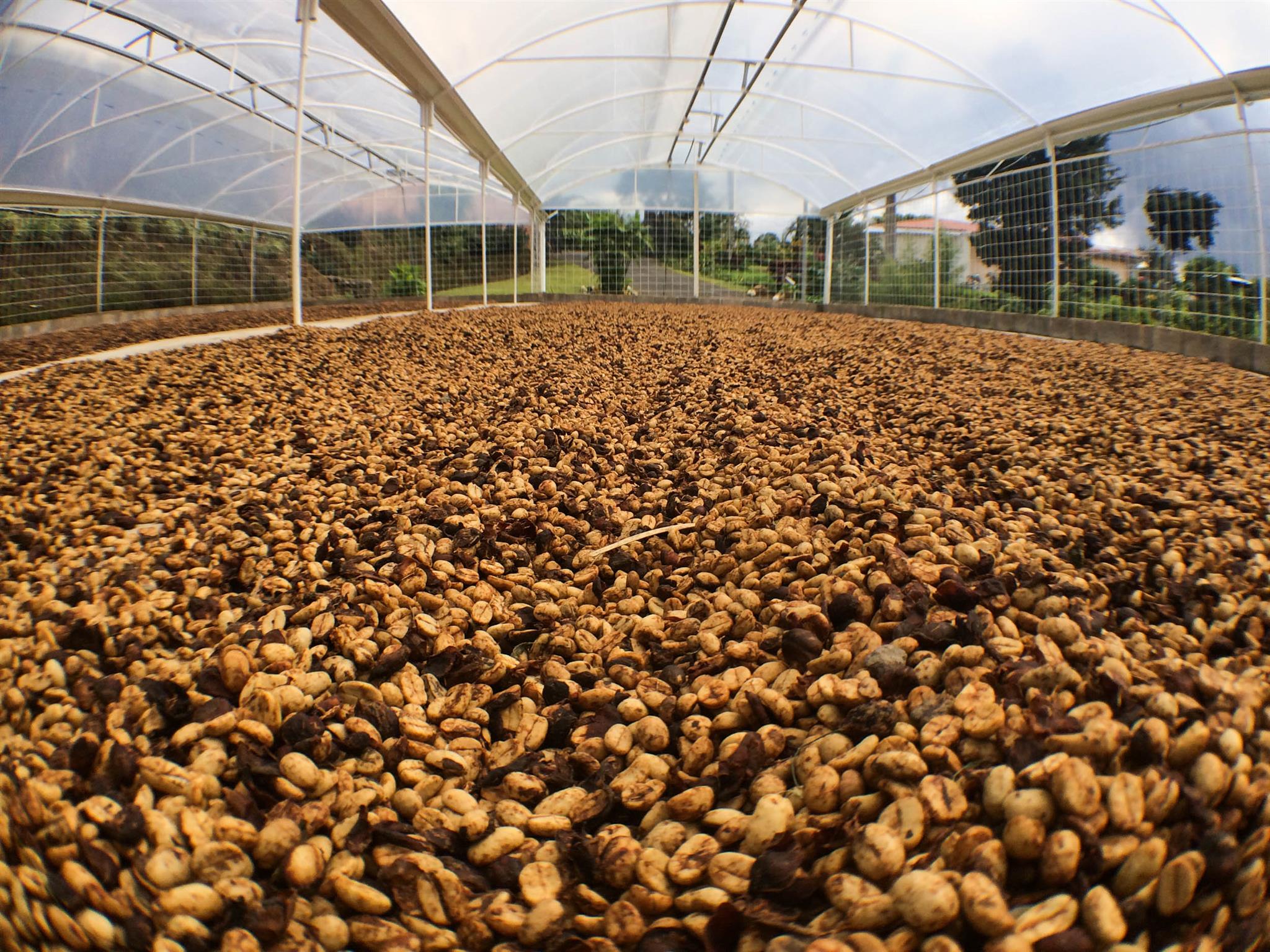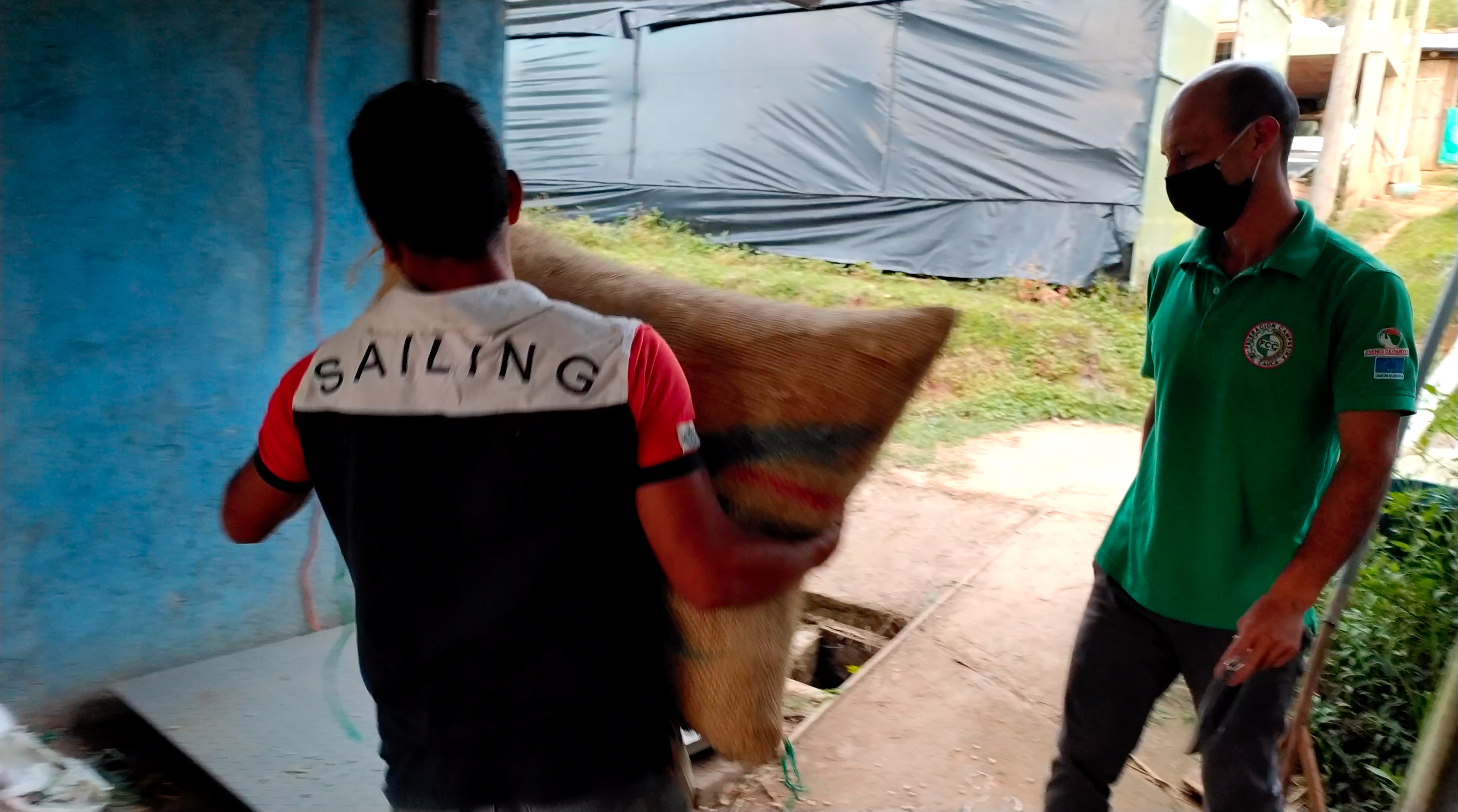
In a blogpost that we published in late spring of 2020 titled “Actions Roasters and Buyers Can Take in a Time of Uncertainty” our Chief Coffee Officer, Jorge Cuevas, gave some insights into what to expect regarding the impact of the global pandemic at origin, and what measures roasters and buyers could take to help support their producer partners and to prepare for supply chain disruptions.
While much of that same advice still applies in 2021, such as making sure you have enough coffee on hand (at least 3 weeks) to account for inevitable delays, we spoke with Jorge again to get a sense of the most important things to be aware of when approaching sourcing in 2021.
Click here to read our companion blogpost to this piece where we take a look at industry trends in 2020 that will likely stay in 2021.
________________________________________________
Labor Challenges at Origin
Producers faced a host of monumental challenges last year when it came time to harvest, mostly due to the critical shortage of labor that affected nearly every origin. This was most heavily felt in Latin America where coffee producers in countries such as Guatemala, Costa Rica, Colombia, Peru and Mexico depend on the yearly cycle of incoming migrant workers to help harvest coffee. Due to lockdowns and travel restrictions, this simply wasn’t possible, and producers had to make the best of their circumstances. A producer bringing coffee to special "collection centers" set up by FCC in Cauca to collect coffee under lockdown restrictions.
A producer bringing coffee to special "collection centers" set up by FCC in Cauca to collect coffee under lockdown restrictions.
Some producers were more fortunate than others, and were able to implement strategies that allowed them to harvest just as efficiently—if not more efficiently—than before restrictions were in place. Many more, however, were not as fortunate.
In the northern part of Peru, for example, where the vast majority of labor comes from Ecuador, the lack of workers available to collect and move coffee to central stations meant that coffee stayed longer at farmers’ homes.
“The coffee was unfortunately kept at these higher elevations where it’s more humid, and storage conditions are not the same as at a specialized, perfectly ventilated warehouse. In many cases, it’s just a room that producers have in their homes,” Jorge mentioned. As a result, this may result in higher instances of phenol defect detected. This is not to generalize and say that coffees from Peru harvested in 2020 will be full of phenol; rather, cooperatives have had to work that much harder to ensure that their coffees are still meeting quality requirements. And this is true across the board.
Ultimately, overcoming these challenges will likely result in increased prices. “Cooperatives went out there, they got the job done, but it wasn’t for free. It had cost implications, something that happened across the world,” Jorge mentioned.
Critical Delays at Ports and Warehouses
.jpeg?width=710&name=shipping-034-001%20(1).jpeg)
There’s no understating the massive impact that COVID-19 had on the vast, complex, interwoven networks of shipping lines, ports and warehouses that operate to move goods timely and efficiently. This global system is nothing short of one of humankind’s greatest modern achievements, and the pandemic effectively threw a wrench in the cogs that, in 2021, we’re still far from sorting out.
These delays and disruptions are the result of a number of serious issues brought on by the global pandemic: critical labor shortages, equipment and container shortages at origin, reduced vessels, costly forced blank sailings, reduced operating hours, and low morale.
Everyone throughout the supply chain is working hard to address the situation, and while it may still be the case that releases and shipments could arrive on time, it would be the exception and not the expectation.
"We don't want to give any false hope of quick turnaround times, so please factor in larger buffers to your schedules. We also recommend keeping at least 3-4 weeks of coffee on hand, if possible," Jorge advised.
Jorge further recommended that, moving forward, timetables be adjusted and arrival expectations be reset to reflect the following:
-
- For coffee releases at warehouses: Lead time for releases is at least 3 days from when the release order is submitted. As a precaution, we recommend communicating with us a week in advance if possible.
- For forward-booked coffees: For coffees being bought from origin, anticipate at least a 3-month lead time from origin to warehouse. To be safe, we recommend planning ahead in a window of 6-8 months.
Top 3 Sourcing Tips to Keep in Mind
When asking Jorge about what we should expect for 2021 and advice regarding coffee sourcing, he mentioned three key points:
- This year will be a “year of transition” out of lockdowns and restrictions; unfortunately, it won’t be equal around the world. Some countries will be able to get vaccines sooner than others, so Jorge’s advice for buyers is to be mindful.
“If you’re planning to re-engage with your supply chain with origin visits, make sure that local restrictions have been lifted, people are protected, and that it’s ok to gather. As a visitor, you may have already gotten the vaccine, but other communities may not have” - Buyers need to have direct and concise communication with producers about the coffees they plan to buy, especially when talking about experimental and unusual micro-lots that many look for. In general, ask if they’re doable and if there are logistics complexities, added costs or work restrictions.
.jpeg?width=680&name=Imagen%20de%20iOS%20(2).jpeg) Our Coffee Quality Manager, Claudia Gomez, who heads our Bogotá office, conducting a virtual training with our producer partner, Asoanei.
Our Coffee Quality Manager, Claudia Gomez, who heads our Bogotá office, conducting a virtual training with our producer partner, Asoanei.
“It’s hard for a seller to say no to a customer—you want to make them happy, but it may put people at risk as they’re onboarding the costs. There will likely be limitations, so don’t assume things are normal, but we can still get quality coffees from unique selections without putting growers at risk.” Additionally, Jorge mentioned that simple ways to keep in touch to be “less operational and more personal” with producers is always appreciated—a brief text message can go a long way. - Lastly, buyers need to be clear about the quality they expect and about the timing and costs required.
"Transportation is harder and there are fewer vessels available. As a general rule, the sooner you communicate with us what you need, the better."
________________________________________________
What to Look Forward to in 2021
There will clearly still be many challenges to work through in the new year, but we’re hopeful that 2021 will be a brighter year, especially with a few great developments in coffee to look forward to!
Rise in Impact-Driven Coffees
Consumers and roasters alike are more interested now than at any time previously in transparent, traceable coffees that drive impact in farming communities. In particular, our Director of Sales, Monica Terveer, cited specific interest in organic coffees and regenerative organic practices. At Sustainable Harvest, this year will see a lot of Fair Trade and organic beans, and a big increase in women’s lots and coffees from cooperatives that highlight social initiatives.
.jpg?width=3968&name=IMG_20191106_091829%20(1).jpg) A producer member of Fuerza de Mujer, a women's group of our partner Asproguate in Guatemala.
A producer member of Fuerza de Mujer, a women's group of our partner Asproguate in Guatemala.
Additionally, Jorge also mentioned that now, more than ever, there are less middle-men and more direct communication between buyers and growers.
“I believe that in 2020, more value was transferred to growers,” Jorge said. According to Jorge, we’ll be seeing more and more transparency in the supply chain, both as an unexpected side effect of the pandemic, but also from the market putting a premium on transparency. “I believe more and more roasters and buyers want to know where coffee comes from, how it has been grown, and who grew it. The more people demand and expect information, the more we’ll see lasting change.”
"The New Wave": Innovations in Coffee Processing
We’re in a “golden age” of coffee science, and the past few years have seen increasing interest in unconventional and “experimental” processing which will definitely continue in 2021. More and more producers have found success through investing in their processing practices; our own head of global QC (and herself a Q Processing Expert), Yimara Martinez, has led multiple workshops exploring processing methods. What was once a risk for producers has itself become a viable way to mitigate risk by diversifying coffee offerings with many roasters looking for innovative coffees.
.jpg?width=6000&name=DSC02619%20(3).jpg) Our new Java partnership with farmers from Argopuro (farmer leader Pak Muhlisin pictured above) features unusual processing methods such as natural anaerobic and natural hydro honey processing.
Our new Java partnership with farmers from Argopuro (farmer leader Pak Muhlisin pictured above) features unusual processing methods such as natural anaerobic and natural hydro honey processing.
This year, new coffees you can look forward to that we’ll be bringing in include spectacular honeys from Peru and naturals from Colombia; coffees from regions that are on the rise like Rwanda and Ecuador; and anaerobic and hydro honey processed coffees from East Java, a new origin for us!
________________________________________________
To re-cap, here’s what should be on your radar:
-
- Ensure a strong online presence. Online sales—particularly subscriptions—saw the most activity in 2020, and will continue in 2021.
- Feature high-quality single origins, experimental coffees, and impact-driven coffees. Consumer tastes are expanding and more consumers are demanding equitable and traceable coffees. Work with us to expand your offerings and give the people what they want!
- Be prepared for delays and higher prices. As Jorge said, 2021 will likely be a year of transition, meaning that at least for the next few months—and potentially through the end of 2021—supply chain disruptions are inevitable and should be taken into account.
To close on one final note: in spite of what seemed at first to be an unimaginably difficult year, our industry made it through in the end. We’ve come out the other side better equipped to meet the obstacles that 2021 will no doubt throw our way. Hopefully, this guide has provided you with some key insights to help you navigate and make the most out of the new year.
If you have any questions or comments, feel free to shoot us a message!



.png)
